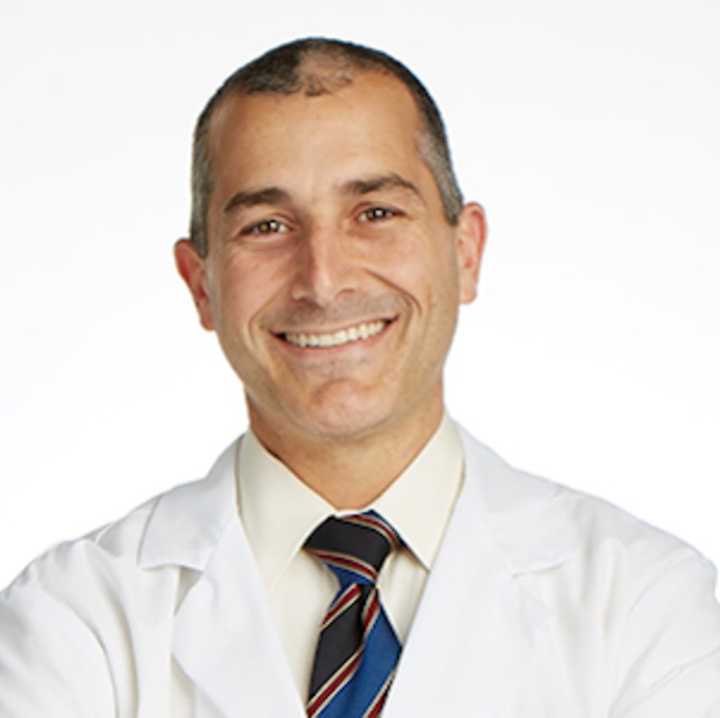“The biceps tendon is an often-misunderstood structure of the shoulder and arm,” said Kowalsky. “We now know that damage to that tendon is often the primary cause of shoulder pain in active people.”
Anatomically, the biceps muscle has two tendons, called heads, that attach it from the elbow to the shoulder. The tendon of the short head attaches to a bone on the shoulder blade outside of the joint, while the long head, usually the source of pain, takes a circuitous path into the shoulder joint itself.
With repetitive, strenuous overhead activities, biceps can gradually develop tendonitis and tears. Pain from biceps tendonitis or partial tearing typically occurs over the front of the shoulder, and radiates toward the biceps muscle. If the biceps tendon fully tears or ruptures, patients may notice bruising and swelling of the biceps known as a “Popeye sign.”
Biceps tendons can also be affected by instability, particularly in certain overhead athletes such as swimmers. When this happens, pain is caused because the biceps has slipped from its bony groove in the upper humerus.
Most patients with tendonitis or a rupture of their biceps can be treated conservatively, often with a combination of ice, anti-inflammatory medication, physical therapy and corticosteroid injection, said Kowalsky. Although the cosmetic deformity from a complete rupture will persist, once the pain from the acute rupture improves, strength and overall function of the shoulder should return to normal. If conservative measures fail to relieve symptoms from biceps problems, surgery may be recommended.
For more information on the shoulder services offered by Orthopaedic & Neurosurgery Specialists, click here.
ONS has offices in Greenwich and Stamford, Conn. and Harrison, N.Y.
